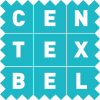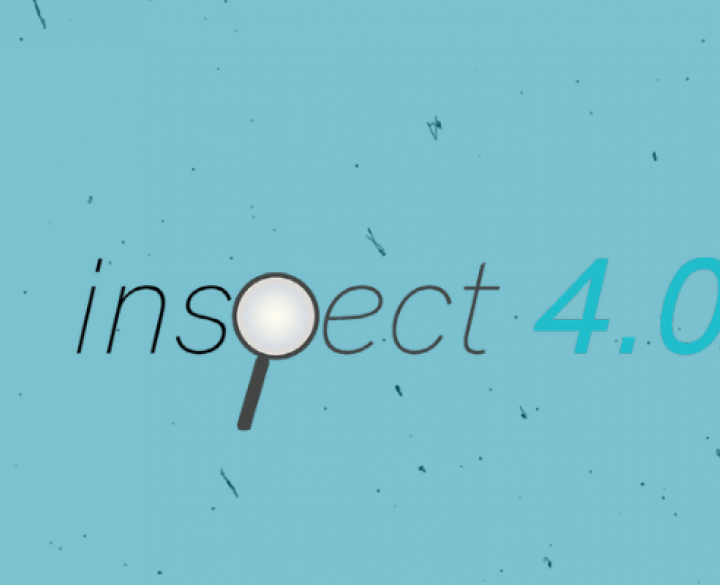As a production company, it has always been important to consistently produce and guarantee a high quality product. With the project Inspect 4.0, the University of Antwerp and Centexbel will develop and test the very latest inspection techniques to make quality control even stronger and cheaper.
USING THE NEW POSSIBILITIES OF MACHINE VISION AND MACHINE LEARNING, FLEXIBLE AND ACCURATE QUALITY INSPECTION SYSTEMS WILL BE DEVELOPED.
The technical textile sector plays an important role in the global textile industry; in 2018, the Belgian textile sector realized a turnover of €6.1 billion, of which €2.2 billion was realized by the technical textiles segment, with 7,600 employees. As competition from lower-wage countries increases, it becomes more and more important for Belgian textile producers and finishers to consistently guarantee a high-quality product.
Challenges for the industry
For bare, woven textiles, inspection has historically been performed by people, watching rolls of textile pass over a light table, and manually flagging imperfections. The thickness of coated textile was typically determined via radioactive sources. As both methods present problems, (inspection by humans is time consuming and imprecise, inspection by radioactive sources is being legally phased out) a transition to automated inspection is taking place.
This typically makes use of different cameras, coupled with libraries of textile defects, to alert the user when something has gone wrong. The project Inspect 4.0 seeks to help realize this transition, by illuminating and illustrating the benefits of such systems.
Solutions
The aim of Inspect 4.0 is to demonstrate how machine learning and machine vision are combined to produce flexible and accurate quality inspection systems, which can be deployed in a range of textile manufacturing setups. In Inspect 4.0 machine vision is seen as a combination of camera systems that use the wavelength spectrum of electromagnetic waves between the UV and long wave infrared spectrum, (250 nm – 140 µm) complemented with extensive data analysis.
The combination of different camera systems can be used to replace and/or enhance existing quality inspection systems, easing the transition to more automated textile inspection. The data analysis will be used for a machine learning system allowing for the detection of errors. Once the illustrative system is set up, investigations will be made into the possibility of incorporating the machine into a broader predictive maintenance framework.
Project partners


Project funding

TETRA Project financed by VLAIO
Tetra is a programme for practice-based research by universities of applied sciences and integrated training in universities for enterprises and non-profit organisations.




